- Introduction
-
What is Inbound Marketing?
-
Stages of Inbound Marketing
-
Attract
-
Convert
-
Close
-
Delight
-
Functions
-
Attracting Target Audience
-
Building Brand Awareness
-
Generating Quality Leads
-
Nurturing Relationships
-
Establishing Thought Leadership
-
Driving Website Traffic
-
Improving Customer Retention
-
Types of Inbound Marketing
-
Content Marketing
-
SEO
-
Social Media Marketing
-
Email Marketing
-
Webinars and Online Events
-
Influencer Marketing
-
Landing Pages and Lead Magnets
-
Marketing Automation
-
Customer Reviews and Testimonials
-
Interactive Content
-
Examples of Successful Inbound Marketing Strategies
-
Red Bull
-
Nike
-
Dollar Shave Club
-
Tesla
-
Etsy
-
Inbound V/S Outbound Marketing
-
Permission
-
Timing
-
Cost
-
Measurability
-
Effective Inbound Marketing Strategies for Beginners
-
Analyze Your Targets
-
Create Valuable Content for Each Stage
-
Prioritize Social Media Platforms
-
Start Email Marketing
-
Monitor Analytics
-
Engage in Community Forums
-
Collaborate with Influencers
-
Encourage User Feedback
“Stop!”
This is what comes to the mind of your users when you irritate them with your intrusive marketing promotions.
But you can’t stop 🙁
After all, you need to register your brand in their minds, right?
Don’t worry – you just need to stop being intrusive.
In fact, you can pull them towards your brand without chasing them 🙂
Luckily, there’s a way to do that – Inbound Marketing
What is Inbound Marketing?
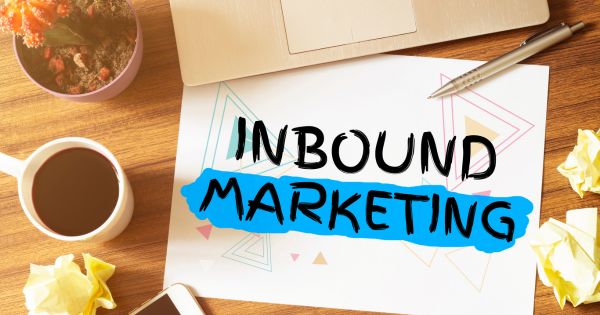
Inbound marketing is a marketing strategy that encourages your potential customers to take the desired action towards your brand.
Instead of relying on traditional outbound marketing methods like cold calling and direct advertising, inbound marketing aims to pull customers in by providing relevant and useful information.
It is focused on attracting, engaging, and delighting potential customers by creating and sharing valuable content tailored to their needs.
Key elements of inbound marketing include content creation, SEO, social media marketing, email marketing, and other strategies that aim to attract and retain customers by building meaningful relationships and offering valuable solutions.
The goal is to position a brand as a trusted resource, leading to increased brand awareness, customer loyalty, and ultimately, business growth.
4 Stages of Inbound Marketing Methodology
Inbound marketing typically involves several stages that guide potential customers through the process of becoming aware of a brand, engaging with its content, and eventually becoming loyal customers.
Here are the key stages of inbound marketing:
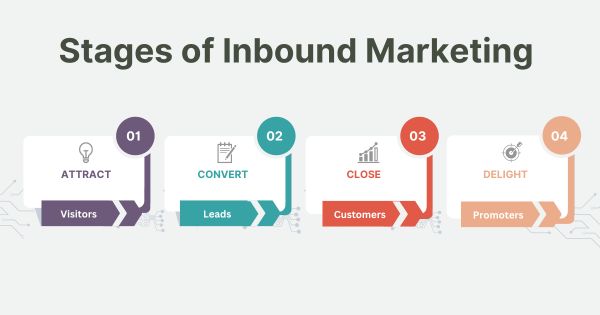
Attract
The first stage involves attracting potential customers towards your brand by developing high-quality and relevant content such as blog posts, articles, videos, infographics, etc. that addresses the needs and interests of your target audience, optimizing the content for search engines to increase its visibility and attract organic traffic to your website, sharing your content on social media platforms to reach a wider audience and encouraging social sharing.
In short, It’s about creating content and experiences that organically attract your target audience seeking relevant information, eliminating the need for you to actively chase after them.
Convert
Only getting users to your platform is not enough, you need to turn them into leads.
How do you do that?
- By creating dedicated landing pages with compelling offers, such as ebooks, whitepapers, webinars, or free trials to convert visitors into leads.
- Using forms on landing pages to collect information from visitors in exchange for valuable content or offers.
- Placing CTAs strategically within your content to prompt visitors to take specific actions, such as downloading a resource or subscribing to a newsletter.
Close
Now, it is important to seal the deal & transform those leads into customers.
How?
- By developing targeted email campaigns and content to nurture leads and guide them through the decision-making process.
- Using marketing automation tools to streamline and personalize the lead nurturing process based on user behavior and interactions.
- Collaborating with the sales team to ensure a smooth transition from marketing to sales, providing the necessary information and support to close deals.
- Introducing limited-time offers or promotions to create a sense of urgency. This can encourage leads to take action sooner rather than later.
- Implementing remarketing campaigns to target leads who have shown interest but haven’t converted. This involves displaying targeted ads to these individuals across various platforms, reminding them of your products or services.
- Implementing live chat support on your website to provide real-time assistance to leads who may have questions or concerns. This can help address objections and facilitate the conversion process.
- Implementing exit-intent popups to capture leads who are about to leave your website without converting. These pop-ups can offer special discounts, additional resources, or other incentives to encourage them to stay and convert.
- Incorporating dynamic content on your website and in emails, adjusting based on the user’s behavior or characteristics. This can create a more personalized and engaging experience, improving conversion rates.
Delight
The delight stage includes rewarding your customers to choose your brand by incorporating strategies like offering discounts on the next purchase, providing excellent customer service to ensure a positive experience, gathering their feedback to understand their needs and preferences, and using this information to improve products and services, and many more.
This stage encourages your customers to build loyalty towards your brand and encourage advocacy.
Remember: These stages form a continuous cycle, as satisfied customers can become advocates who, in turn, contribute back to the first stage by recommending the brand to others. Inbound marketing focuses on building long-term relationships and providing value throughout the customer journey.
Functions
The basic functions of Inbound Marketing are as follows:
Attracting Target Audience
The primary function of inbound marketing is to attract the right audience by creating valuable and relevant content. This content is designed to address the needs, challenges, and interests of your target audience, making your brand a trusted resource.
Building Brand Awareness
Inbound marketing helps build brand awareness by consistently providing valuable content that resonates with your audience. As people engage with your content, share it, and find solutions to their problems, your brand gains visibility and recognition.
Generating Quality Leads
Through strategies like content marketing, SEO, and lead magnets, inbound marketing aims to generate high-quality leads. By offering valuable resources in exchange for contact information, businesses can attract potential customers genuinely interested in their products or services.
Nurturing Relationships
Inbound marketing focuses on building and nurturing relationships with leads. By providing relevant content at different stages of the customer journey, businesses can guide leads toward making informed decisions and fostering long-term loyalty.
Establishing Thought Leadership
Creating authoritative and insightful content helps position your brand as a thought leader in your industry. Thought leadership builds trust and credibility, making your audience more likely to turn to you for information and solutions.
Driving Website Traffic
Inbound marketing strategies aim to drive organic and targeted traffic to your website. This involves optimizing content for search engines, sharing on social media, and leveraging other channels to direct potential customers to your online presence.
Improving Customer Retention
Beyond acquiring new customers, inbound marketing focuses on retaining existing ones. Through ongoing communication, personalized content, and customer engagement, businesses can create loyal customers who advocate for the brand.
Types of Inbound Marketing
Content Marketing
Content marketing involves creating and distributing valuable content to attract and engage a target audience. This includes blog posts, articles, videos, infographics, and other informative materials.
Search Engine Optimization (SEO)
SEO is the practice of optimizing your online content to improve its visibility in search engine results. This includes keyword research, on-page optimization, and link-building strategies.
Social Media Marketing
Leveraging social media platforms to share content, engage with the audience, and build a community around your brand. Social media marketing helps in brand promotion and customer interaction.
Email Marketing
Email marketing involves sending targeted and personalized messages to leads and customers. It is used for lead nurturing, delivering valuable content, and promoting products or services.
Webinars and Online Events
Hosting webinars and online events allows businesses to interact with their audience in real-time, showcase expertise, and provide valuable insights. These events contribute to lead generation and brand authority.
Influencer Marketing
Partnering with influencers who have a significant following in your industry to promote your products or services. Influencers can provide authentic endorsements, expanding your reach and credibility.
Landing Pages and Lead Magnets
Creating dedicated landing pages with compelling offers (lead magnets) to capture visitor information. This tactic is crucial for lead generation and converting website visitors into leads.
Marketing Automation
Utilizing automation tools to streamline marketing processes, segment audiences, and deliver personalized content at scale. Marketing automation helps in lead nurturing and customer relationship management.
Customer Reviews and Testimonials
Showcasing positive customer reviews and testimonials on your website and other platforms. This user-generated content acts as social proof, building trust among potential customers.
Interactive Content
Creating interactive content such as quizzes, polls, and surveys to engage the audience. Interactive content encourages participation and provides a more personalized experience.
Examples of Successful Inbound Marketing Strategies
Numerous brands have successfully implemented inbound marketing strategies to attract, engage, and convert their target audiences. Here are a few examples of brands that have excelled in inbound marketing:
Red Bull
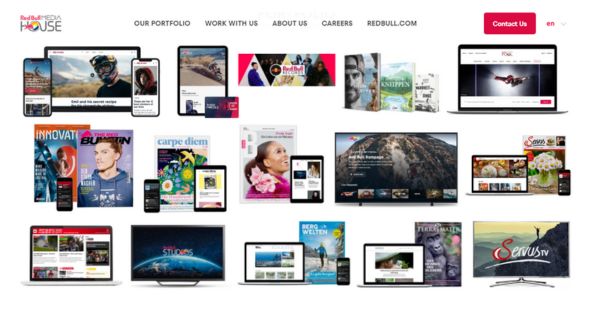
Red Bull is a master of content marketing. The energy drink giant produces and sponsors a wide range of content, from extreme sports events to its own media platform, Red Bull Media House. By aligning its brand with activities and content that resonate with its target audience, Red Bull has successfully created a lifestyle brand that goes beyond just selling a beverage.
Nike

Nike’s marketing strategy goes beyond traditional advertising. They create compelling stories around their products, featuring athletes and individuals who embody the brand’s values. Nike’s “Just Do It” campaign is a classic example of emotionally resonant content that inspires and engages consumers.
Dollar Shave Club
Dollar Shave Club disrupted the shaving industry with its humorous and straightforward marketing approach. Their viral video, showcasing the brand’s value proposition and subscription model, helped them gain widespread attention and a loyal customer base.
Tesla
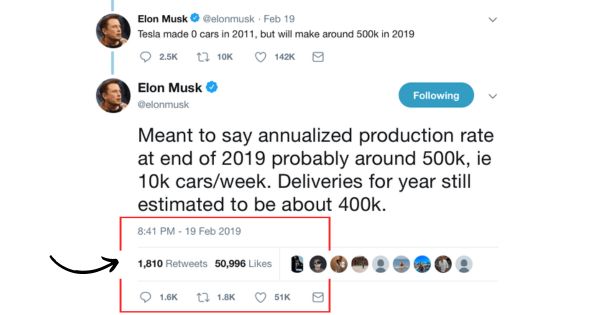
Tesla relies heavily on inbound marketing to promote its electric vehicles. CEO Elon Musk’s use of social media to communicate directly with customers, share updates, and respond to inquiries has contributed to the brand’s strong online presence. Tesla leverages content, events, and user testimonials to showcase the benefits and innovation behind its products.
Etsy
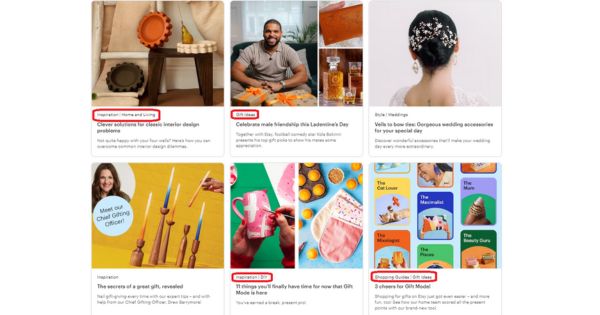
Etsy, an e-commerce platform focused on handmade and unique products, leverages content marketing to promote its sellers and their stories. The company’s blog features interviews, behind-the-scenes looks, and guides that resonate with its community of creative entrepreneurs.
Inbound Marketing V/S Outbound Marketing
While inbound marketing attracts users to the brand without proactively chasing them, outbound marketing involves pushing a message out to a broader audience, often without them actively seeking the information. It’s more about initiating contact with potential customers through various advertising and promotional methods.
Here are a few key differences:
Permission
Inbound marketing seeks permission from customers by providing valuable content that they actively seek out. Outbound marketing often interrupts the audience with messages they may not have requested.
Timing
Inbound marketing is more about the right content at the right time when the customer is actively seeking information. Outbound marketing aims to reach a broad audience, regardless of their current needs or interests.
Cost
Inbound marketing can be cost-effective over the long term, as the organic content continues to attract and engage customers. Outbound marketing, especially traditional methods like TV ads, can be more expensive and may have a shorter shelf life.
Measurability
Inbound marketing efforts are often more easily measurable with data analytics tools, as digital channels provide detailed insights. Outbound marketing effectiveness can be more challenging to measure accurately.
Effective Inbound Marketing Strategies for Beginners
If you’re just starting off with inbound marketing strategies for your business, then here’s what you can do:
Analyze Your Targets
The most critical aspect is understanding your target audience & their pain points around your products/services.
Put yourself in their shoes & then list out the points you want to work around.
Think about how your targets would look around for your products or information related to them.
Always think about users in every stage of the sales funnel.
Once you get the basic idea, you can use Google Keyword Planner to find out LSA & long tail keywords for your product categories.
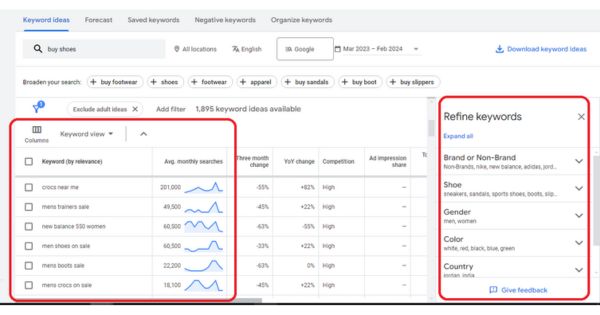
This information will guide your content creation and marketing efforts to resonate with the right people.
Create Valuable Content for Each Stage
Based on the initial research & selected keywords, start developing content that provides value to your audience.
Focus on addressing your audience’s questions and challenges in each stage of the sales funnel to establish your brand as a reliable resource.
Incorporate social media campaigns, paid ads & SEO to raise awareness for the first stage of your sales funnel.
In the subsequent stages, utilize informative content such as blog posts, how-to guides, FAQs, infographics, etc.
For the consideration stage, use testimonials, case studies, webinars, and comparative analysis to make it easier for them to decide amongst you & your competitors.
Prioritize Social Media Platforms
Choose social media platforms that align with your business needs & your audience’s preferences and actively engage in those spaces.
For instance, if you have an e-commerce brand; platforms like Instagram, Facebook & Pinterest would be the best ones for your business.
On the other hand, if you have a B2B model, then LinkedIn & Twitter would be the top platforms for your business.
Accordingly, share your content on these platforms, participate in conversations, and build a community around your brand. Social media can be a powerful tool for driving traffic and increasing brand awareness.
Start Email Marketing
Begin building an email list by offering valuable content in exchange for contact information.
You can offer guides or other relevant information related to your products/services to grab their email IDs with their consent. Irresistible content & valuable information is a sure-shot way to get their email IDs.
Use email marketing to nurture leads, share updates, and promote your products or services. Personalize your emails for a more targeted approach.
Monitor Analytics
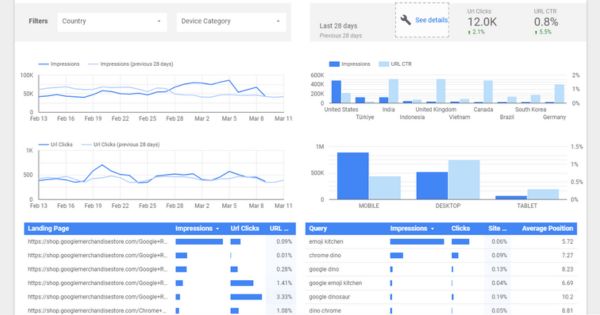
Set up analytics tools like Google Analytics to track the performance of your website and marketing efforts.
Create in-depth reports via Google Looker Studio to advance your data analysis & turn your data into informative, easy-to-read, easy-to-share, and fully customizable dashboards and reports.
This in-depth data analysis will help you understand what’s working, identify areas for improvement, and make data-driven decisions.
Engage in Community Building
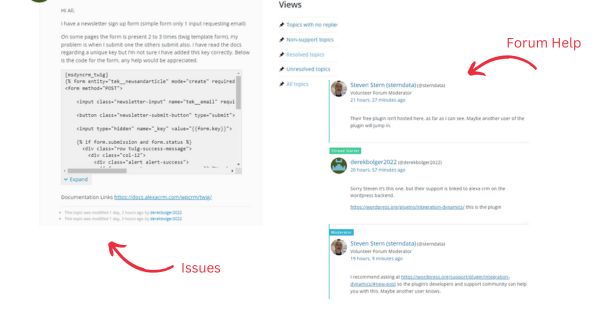
Actively participate in online communities and forums relevant to your industry. Contribute valuable insights, answer questions, and establish yourself as an authority. Community engagement can drive traffic and build credibility.
You can link back your answers to relevant content on your website but don’t link back unnecessarily every time you answer. Try to create a rapport with them & it will eventually bring back the relevant traffic to your site.
Collaborate with Influencers
Identify influencers or thought leaders in your niche and explore collaboration opportunities.
Influencers can amplify your message and introduce your brand to a wider audience.
But you need to build relationships with them by offering them something useful focused on their brand.
Initially, it might feel useless to focus on their needs but gradually it will pay off as they will start becoming your brand advocates.
Encourage User Feedback
Seek feedback from your users through surveys, reviews, or direct communication.
Know what issues they are facing & how satisfied they are with your brand.
Use this input to refine your strategies, improve your products or services, and demonstrate your commitment to customer satisfaction.
Remember, inbound marketing is an ongoing process that requires consistency and adaptation. Be patient, analyze results regularly, and be open to adjusting your strategies based on feedback and data.
Stay Updated
Recent Blogs
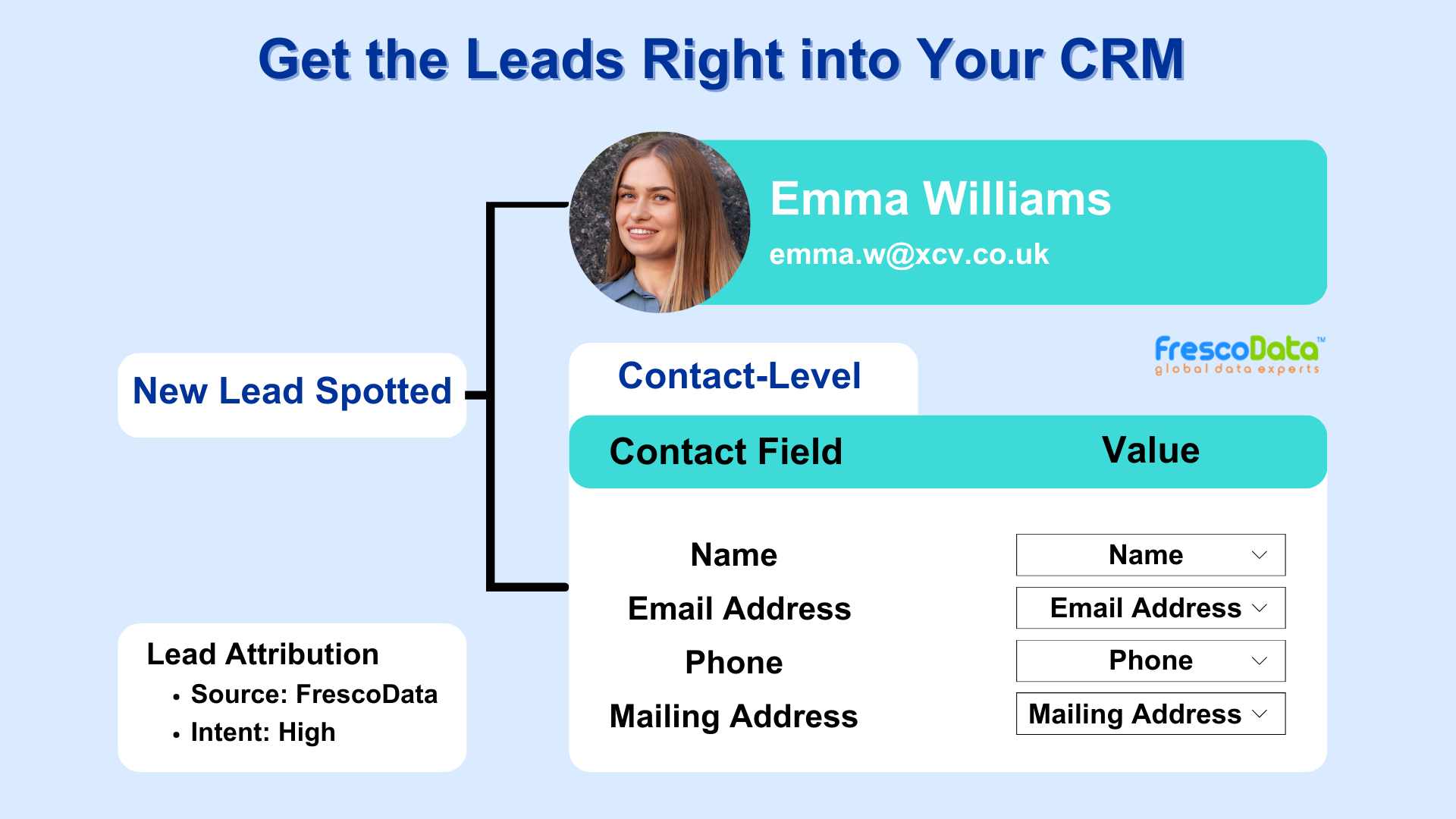
3 Reasons to Buy Email List
Are you hesitant to buy email list for your business? Some would say buying an email list ...
November 18, 2024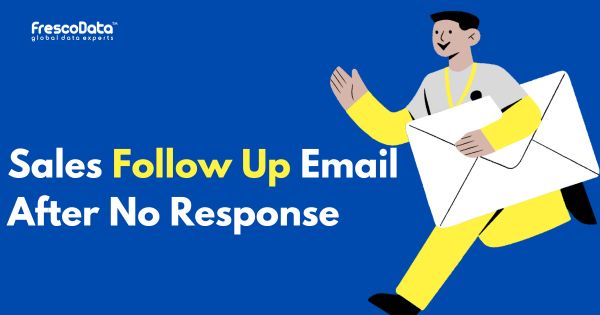
Sales Follow-up Email After No Response!
70% of sales reps don’t follow up with prospects after no response. (Source) Are you...
September 2, 2024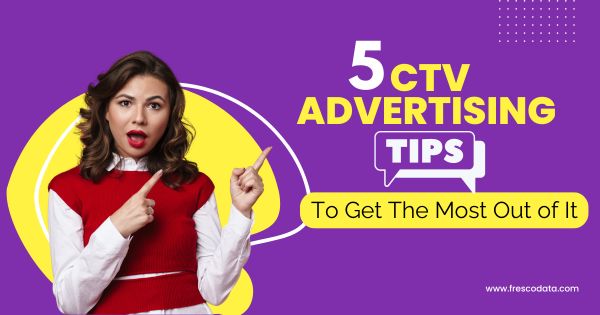
5 CTV Advertising Tips to Get The Most Out of It
Connected TV has opened up many interesting opportunities for advertisers, allowing them t...
August 27, 2024